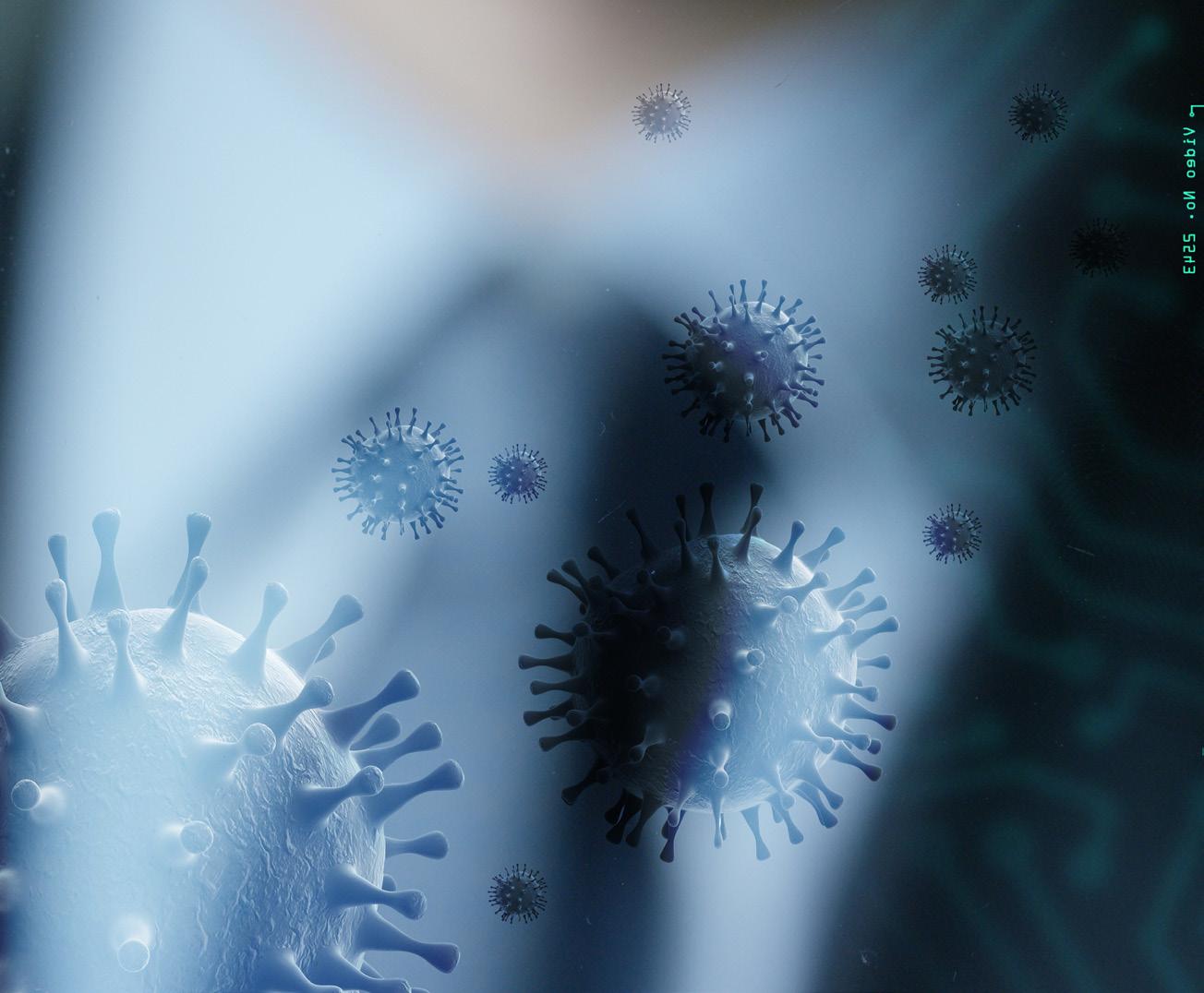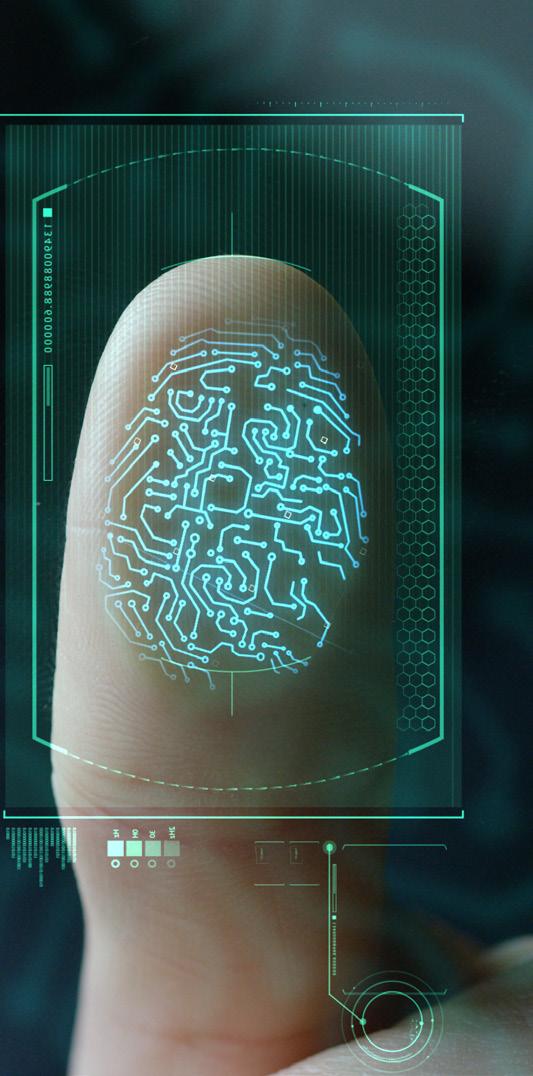
3 minute read
Does COVID-19 signal the end for fingerprint recognition?
COVER FEATURE
By Michael Warnock, Head of Growth APAC at SecureAuth
While COVID-19 has thrown doubt and uncertainty onto almost everything, one thing is for certain – we have never been more conscious of where our hands are going. The incessant reminders to ‘wash your hands’ have highlighted how easily germs are picked up and transferred by touching and there’s been a rapid adoption of contactless…well everything really. Contactless deliveries, contactless medical appointments, even contactless schooling, the list is endless.
At some point, the threat posed by COVID-19 will recede, and people may resume shaking hands and hugging each other. By then, however, the habits we’ve formed and the innovations developed now to build our new contactless economic system will have taken root.
So what does that mean for touch-based technology such as fingerprint recognition security systems commonly used on smart devices, building management systems, border control and the like? In New York City, the NYPD stopped employees from using the fingerprint entry security procedure but does COVID-19 really herald the end of fingerprint recognition?
Up the hygiene ante
Fingerprint recognition is a secure and convenient technology that has become common and widespread and in the short-medium term remains a key part of many robust security systems. With that in mind, sensible use of the technology can help to significantly prevent the spread of germs
Contact with fingerprint recognition is different from touching other surfaces in that it involves intended, mindful contacts, as opposed to surfaces such as the poles in buses and trains, elevators, ATMs, door handles, handrails, tables, credit cards and money which come in contact with countless people. This means we can help protect ourselves by keeping hand sanitiser next to fingerprint recognitions sensors and directing people to use it before and after touching the sensor.
Multifactor authentication
The sudden shift to remote working due to COVID-19 has seen many businesses grappling with their existing security

procedures in an attempt to keep corporate data secure. According to the Australian Cyber Security Centre, “Multifactor authentication is one of the most effective controls you can implement to prevent unauthorised access to computers, applications and online services. Using multiple layers of authentication makes it much harder to access your systems. Criminals might manage to steal one type of proof of identity (for example, your PIN) but it is very difficult to steal the correct combination of several proofs for any given account.”
Traditionally, multi-factor authentication uses a combination of: - something the user knows (a passphrase, PIN or an answer to a secret question) - something the user physically possesses (such as a card, token or security key) and - something the user inherently possesses (such as a fingerprint or retina pattern)
Fingerprint recognition is an integral part of many multifactor authentication technology and the risk of the spread of disease by using it on a personal device such as a
'China (Hong Kong and Guangdong Province), Japan, Singapore, Thailand, and Vietnam via a 9,400-kilometer
submarine cable through the South China sea. '
smartphone or laptop is reasonably low given those devices aren’t being touched by multiple people.
With COVID-19, has come an influx of new cyber attacks. With recent reports indicated that in the month of March, coronavirus-related phishing attacks went up 667%, and every single country around the globe has now been hit with at least one phishing attack related to the pandemic. So, in the current landscape, the security benefits associated with multi-factor authentication will far outweigh any potential risks associated with fingerprint recognition.
The rise of contactless biometrics
However, longer term, we will see an increased focus on contactless biometrics as part of multifactor authentication and other security systems such as entry management.
As a result of COVID-19, we have seen a surge in biometric and AI technologies being developed to help monitor the spread of the disease. Thermal cameras being installed in airports and facial recognition that works even when a person is wearing a mask have been developed rapidly and these leaps in innovation will be adopted more widely. Contactless fingerprint recognition, iris scanning and face detection will become the biometrics of the future.
There’s no doubt COVID-19 has changed the way we live and work irreversibly. Fingerprint recognition technology will be around for a while yet, but we do need to be mindful of how we use it and, as with anything, practice good hygiene.
Longer-term, there will be extra layers of authentication, more security built into the devices we use to access systems, and contactless biometrics will become commonplace.










